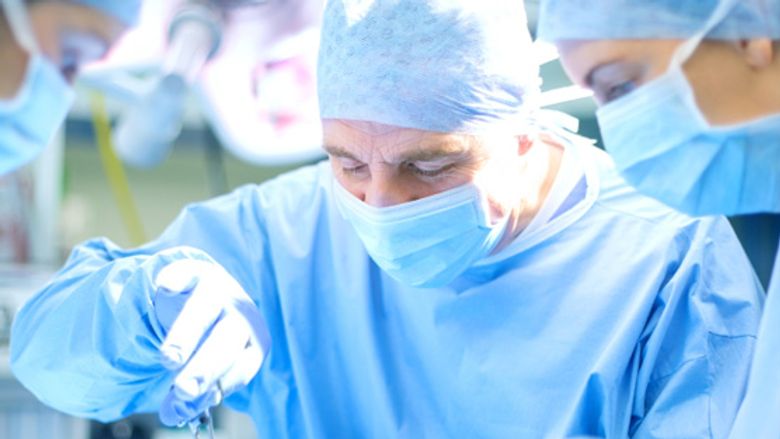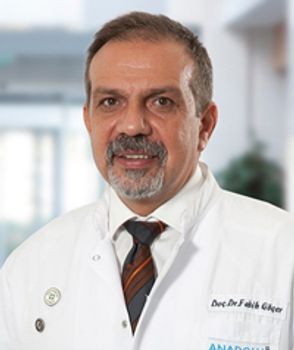Transurethral Resection Of The Prostate (TURP)

Only males are affected by Transurethral Resection Of The Prostate (TURP), as the prostate gland is only found in them. The condition prevents the patient from urinating causing pain and swelling in the prostate. TURP surgery is performed for relieving the symptoms of prostate enlargement.
Note: TURP is performed for getting rid of the symptoms only, it can’t be used for treating a disease like prostate cancer.
What is TURP?
Transurethral Resection Of The Prostate is a surgical procedure performed for treating urinary problems that occur because of an enlarged prostate. TURP requires insertion of a resectoscope (a surgical and visual instrument) in the tip of the patient’s penis to reach to reach the tube which varies the urine from the urethra (bladder). The prostate is the region that surrounds the urethra.
Causes of TURP
TURP is a condition in which the prostate gets enlarged abnormally, that is often caused due to BPH (Benign Prostate Hyperplasia). When prostate gland gets enlarged, it gets pressed against the urethra, interfering or blocking the passage of urine to get out of the body.
Symptoms of TURP
One of the most common symptoms of TURP is urinary problems which can include:
- Reduced Flow
- Frequent Urination
- Difficulty in starting Urination
- Involuntarily pass of urine
Transurethral Resection Of The Prostate (TURP) Treatment
TURP requires the patient to admit into the hospital. The approach of the procedure might vary depending on the doctor or the condition of the patient.
Stage 1: The patient will be prepared for the procedure by giving him anaesthesia and stirring up his legs. Now the breathing, heart rate, blood oxygen, and blood pressure of the patient is monitory to proceed with the surgery.
Stage 2: Once sedated, the patient might be connected to a ventilator, that will allow the patient to breathe normally during the operation. Then the endoscope is inserted in the penis, using which his bladder and urethra are analyzed enabling the surgeons to look for any tumors or stones.
Stage 3: Next, the resectoscope is pushed into the urethra, where it cuts the prostate tissues that are blocking or bulging the urethra. Electricity is used for stopping the bleeding. Later the pieces are flushed in the bladder from where it was drained out passing the urethra. Once the parts of the prostate are removed, a resectoscope is also taken out of the body.
Stage 4: A catheter (a flexible thin tube) is placed in the patient’s bladder by the healthcare provider to all the urine to pass.
Risk of TURP
- Bladder Injury
- Bleeding
- Infection
- Electrolyte Abnormalities
- Loss of Erections
- Difficult or Painful Urination
- Retrograde Ejaculation (a condition where the ejaculate goes inside the bladder instead of coming out of the penis)
The patient might experience other risk factors which depend on their situation.
FAQs
Will I recover within a month after TURP surgery?
Yes, you will able to go back to your usual routine, three to six weeks after the surgery.
What are the chances of prostate regrowth after the TURP?
Approximately 75% of patients experience regrowth in their prostate after the TURP. Although the majority of the prostate is removed from the gland, it can regrow five or more after the operation, causing the same problem.
Are there any side effects of TURP?
Retrograde Ejaculation – Men might find it hard to get orgasms or erections for a few days after the surgery, but eventually the reproductive organ goes back to its original state.
Bleeding after the procedure - this is a common thing that happens in most cases, but the bleeding usually diminishes over time, stopping entirely after four weeks.
Explore Medmonks.com to learn more about TURP and other prostate conditions.





